We know you have heard about English bulldog tail amputation and are probably unsure how to feel about it! That is why we have gathered all info about the tail docking:
Tail amputation sounds scary and, for someone, even cruel! But what if we tell you that, in some cases, it is actually necessary and it can help your Bulldog be healthy and happy? Keep on reading, and make sure to share with us your opinion on bulldog tail docking!
What is tail amputation?
Simply said, English Bulldog tail amputation is when the tail of a Bulldog is surgically removed. It might sound like a big deal, and to be sincere, it is! They have to take off the end part of the dog’s spine, which is the tail. And not only that, but the Bulldog has to be put to sleep with anesthesia, which can be risky. The risk is even bigger since bulldogs are prone to various health issues, especially respiratory ones.
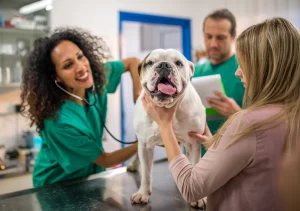
But here’s the thing: Bulldog tail amputation is not something every Bulldog needs. It’s only recommended if the dog gets infections and sores in that area, even after much care and treatment. So, it’s not like every Bulldog will have their tail taken off.
The reason why some Bulldogs might need this procedure is to stop infections and inflammation from happening in their tail and tail pocket area. It’s like a way to prevent those problems from coming back over and over again.
English Bulldog tail amputation – when to do it?
Did you know that Bulldogs have different tail types? There are 3 most common tail types in bullies – long, short, and corkscrew! According to English bulldog breeders, they think that Bulldogs with straight or corkscrew tails are the best.
But here’s the thing, Bulldogs with corkscrew tails, inverted tails, or deep tail pockets can have some severe problems. They might have difficulties with bowel emptying, get infections that won’t go away, or even get sores and inflammation.

If your Bulldog often has a skin infection in the tail area or yeast infection and allergies, it’s important to take care of it! You can try to help them and stop these problems from happening again by using hydrogen peroxide. You can use a cotton ball to clean the area. Putting on antibiotic ointment can also make your wrinkly friend feel better. Just make sure to keep the area dry so it doesn’t get infected again.
Unfortunately, some Bulldogs have a problem with their tails and the little pockets around them, even if we clean them regularly and daily. This can make the Bulldogs feel really uncomfortable and in pain for a long time. If the infections keep coming back, most vets suggest cutting off the Bulldog’s tail to make them feel better and stop the pain they go through every day. When Bulldogs have these kinds of tail issues, maybe you should talk to your veterinarian and start considering tail amputation as an option!
Bulldog tail docking – the surgery (step by step)
The first step of bulldog tail amputation is pre-operational preparation. Before the surgery, the expert staff prepares bulldogs by putting them on the IV and fluids and gathering the latest test results necessary for the surgery.
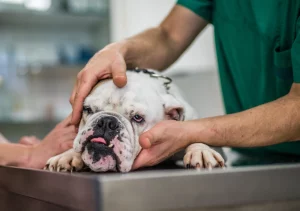
Once everything looks good, your furry friend will be put to sleep with anesthesia. Then, the surgeon examines their tail to find the right spot to cut it off. They mark it and start the amputation.
Amputation involves carefully separating the spinal vertebrae, muscles, skin, and tissues on the previously marked spot and cleaning and stitching the wound.
Usually, after the bulldog’s tail is removed, they have to stay overnight at the pet hospital. Sometimes, this surgery is done along with other procedures if the veterinarian recommends it.
English bulldog tail amputation – the aftercare
Did you know that proper aftercare is as important as the surgery itself? It is essential to follow the advice from your vet and care for your bully and his tail wound in the right way!
- Make sure to keep your bulldog’s surgery wounds clean and dry. They might also be given medications like antibiotics, painkillers, and anti-inflammatory drugs to take at home, and you must give them regularly!
- Your doggo might feel a bit slow for a few days after the surgery. They might also want to bite their tail area, so it’s a good idea to put a special collar around their neck to stop them from licking or biting the wound.
- The wounds should fully heal in about 3 to 4 weeks after the operation. You should take your recovering, brave, wrinkly guy to the vet check-ups to make sure that everything is healing just right!
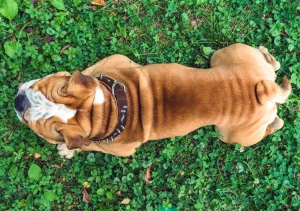
How Much Does It Cost to Amputate a Bulldog’s Tail?
If your bulldog needs to have its tail amputated, it can cost anywhere from $700 to $3000. The final price depends on a few things:
- First, where you live can affect the cost.
- Also, how long your bulldog needs to stay at the clinic and how bad the injury is can make a difference.
- The type of clinic you choose and the surgeon’s skill can also influence the price.
- Finding a specialist who knows about bulldogs is a good idea, even if it costs a bit more.
- The price should cover things like anesthesia, the hospital stay, the surgery itself, lab tests, medications, and anything else needed for the procedure.
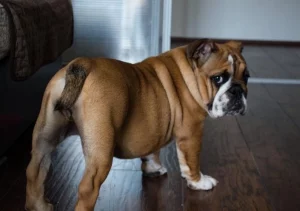
English bulldogs don’t always need tail amputation, which should not be done as a trend. Tail amputation is a serious surgery that should be done only if needed and if it is recommended by your veterinarian! What do you think about bulldog tail amputation – do or don’t?

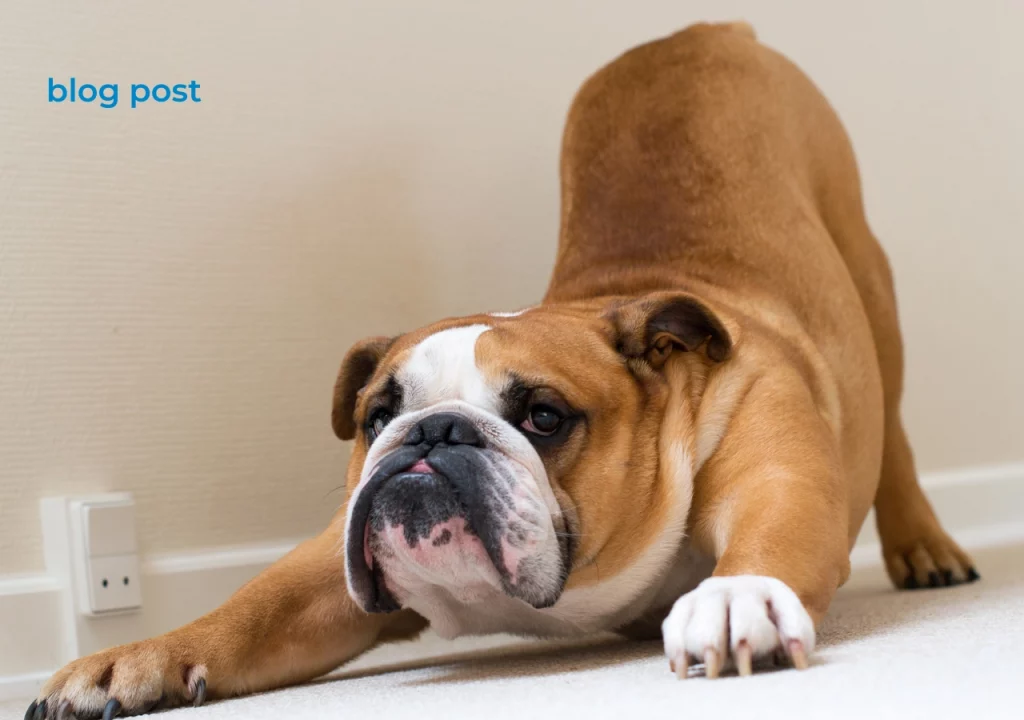
Everything is very open with a very clear clarification of the challenges. It was really informative. Your site is extremely helpful. Thank you for sharing!